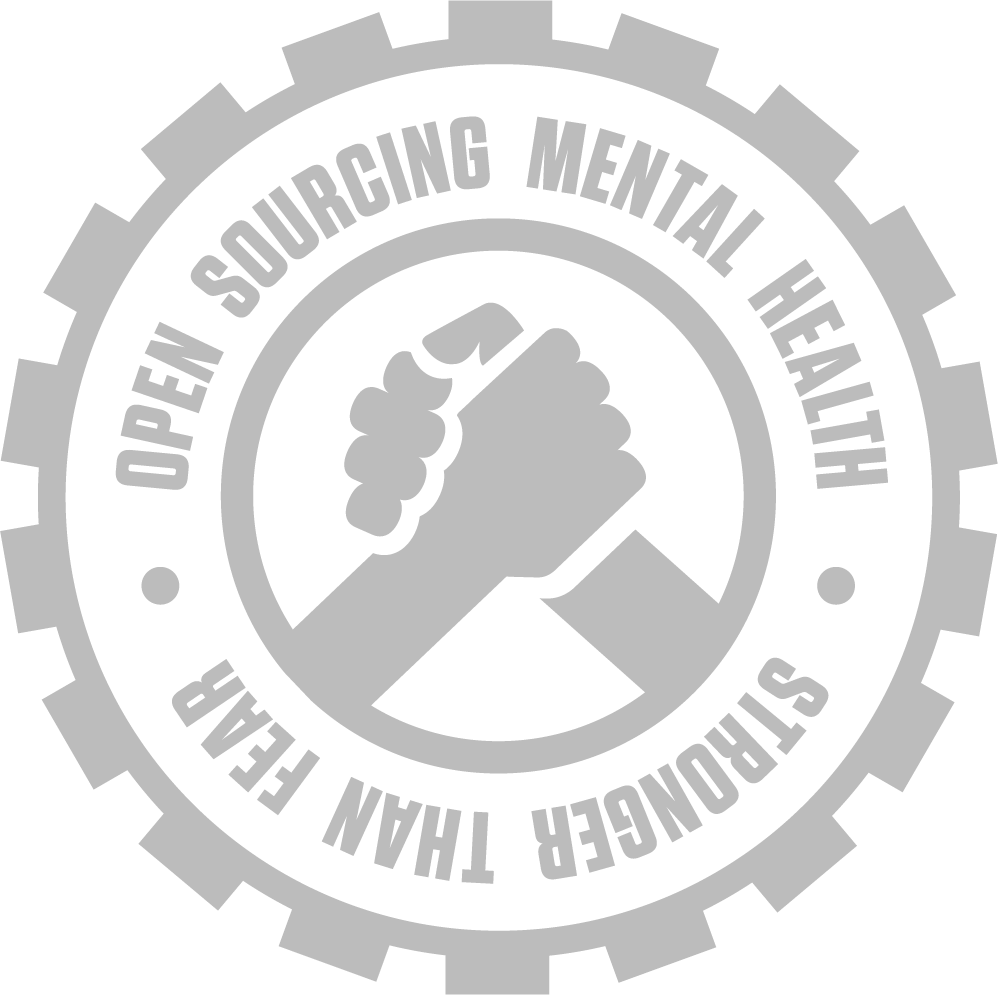Monday, I dug a hole. It was so large and deep that my German Shepherd fell into it, and my dad had to get him out. Tuesday, I went for a walk in a corn field next door and got lost. For hours, I wandered around until I finally found my way back home (and to think some people go to corn mazes during Halloween - not me!). Wednesday, I went into the woods and started to make a tree fort.
The year was 1990, and I was seven years old. I grew up in a rural area surrounded by trees, fields, and lots of greenery. I didn’t know it at the time, but this could have been one of the best gifts I got during my childhood.
According to a paper published in the Proceedings of the National Academy of Sciences of the United States of America (PNAS), access to green space in childhood is associated with stronger mental health in adults. The researchers found that a child growing up near greenery was associated with up to a 55 percent lower risk of mental health disorders as an adult.
Kristine Engemann, the biologist who led the study, cautions against making a definitive link between these two conditions, however. She says the data is purely correlational. That being said, the study is based on nearly 1 million people in the Danish Civil Registration System. The data provided is so detailed that the PNAS paper was able to weight, compare, and limit other conditions like social-economic status and location.
It turns out, you don’t have to grow up in a rustic area like me to experience these benefits. Even urban dwellers surrounded by green spaces have the reduced risk. So, there’s no excuse - it’s time to walk to the park!
You can access the entire details of this peer-reviewed paper titled “Residential green space in childhood is associated with lower risk of psychiatric disorders from adolescence into adulthood” online. Otherwise, stop by this NPR article for a detailed summary.

